By Julie Tomascik
A headline. It’s eye opening. But is it true?
It’s how we get our news in today’s fast-paced society. Short snippets catch our attention and influence our decisions, including those about agriculture. Like food choices, farming and ranching practices and more.
But it’s a new year. A time to ask questions. And research issues more. A time to get to know Texas agriculture better. And the people on the farms and ranches.
Because agriculture touches all of us. Every day. In our homes and at the office. At youth sporting events. And, of course, at the grocery store.
Five ways really stand out.
- GMO Labeling—It’s a complicated issue, and could lead to confusion at the grocery store. If individual states have different labeling schemes, it could be a nightmare. But the Safe and Accurate Food Labeling Act would prevent that by allowing companies to label their products as GMO-free through a certification process. Giving you what you want to know on the label without added confusion.
- Food Safety—A concern for all. But protocols are in place on farms and ranches. Federally mandated guidelines are followed in processing plants. And there are better methods of detection and identification, leading to quick recalls if necessary. All to keep food safe from the field to your plate.
- Food Prices—What goes up must come down. Even if it takes a while. And that’s the case with Texas food prices. They’ve dipped lately. A growing U.S. cow herd has prices down slightly at the meat counter. And when the price of one protein falls, the others usually follow. Cheaper inputs. Supply and demand. And competition. They’re part of the grocery bill equation.
- Antibiotics—A place, a time and a reason. Antibiotics are just a small piece of the livestock puzzle. Although it sometimes gets a bad reputation, responsible antibiotic use on the farm and ranch is a safe practice. A needed practice. And a vet is on call. Working with ranchers to treat their livestock with even more oversight through the Veterinary Feed Directive.
- Water—It’s the lifeblood of agriculture. A precious resource needed to grow crops, raise livestock and provide for you and me. But years of drought, coupled with a growing population, have farmers and ranchers finding new, efficient ways to conserve water resources.
Agriculture is dynamic. Ever-changing. Yet traditional and grounded in principles. Just like you and me.
Keep that in mind as you read the next trending headline.

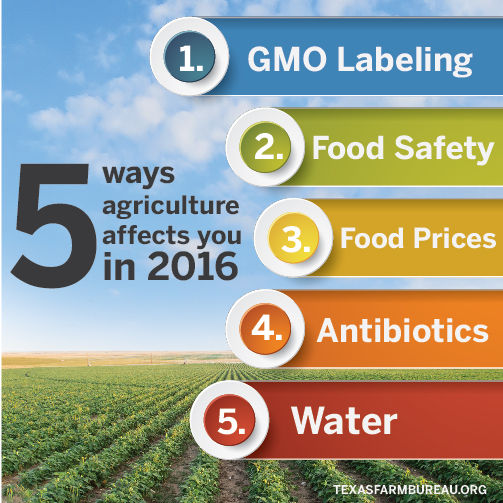
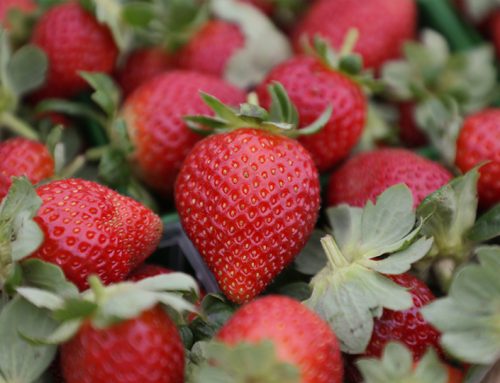
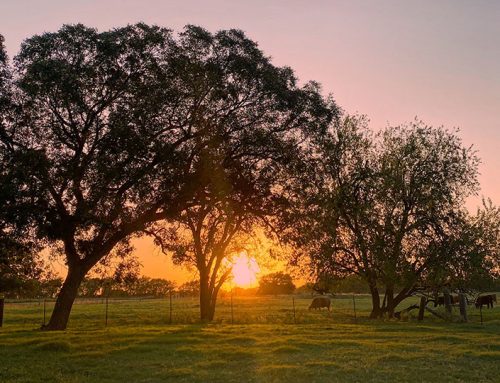
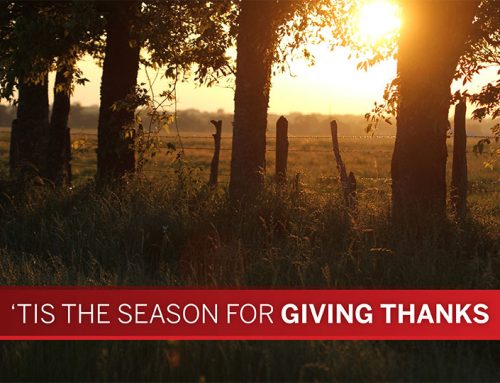
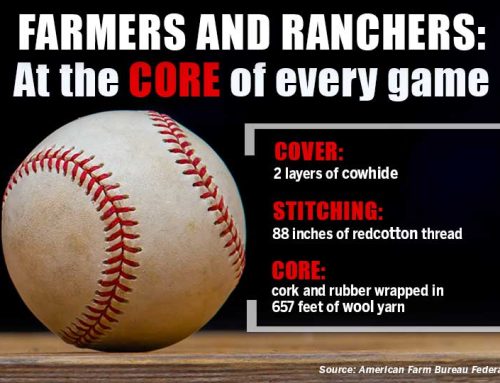
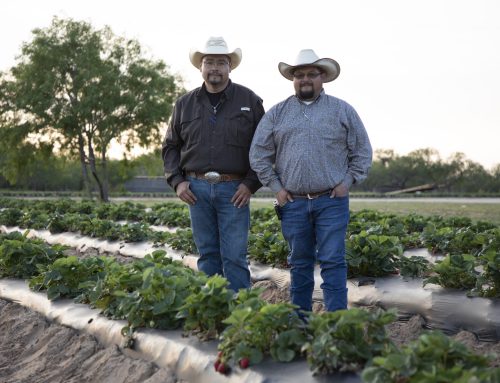




Excellent points Julie. Thank you!